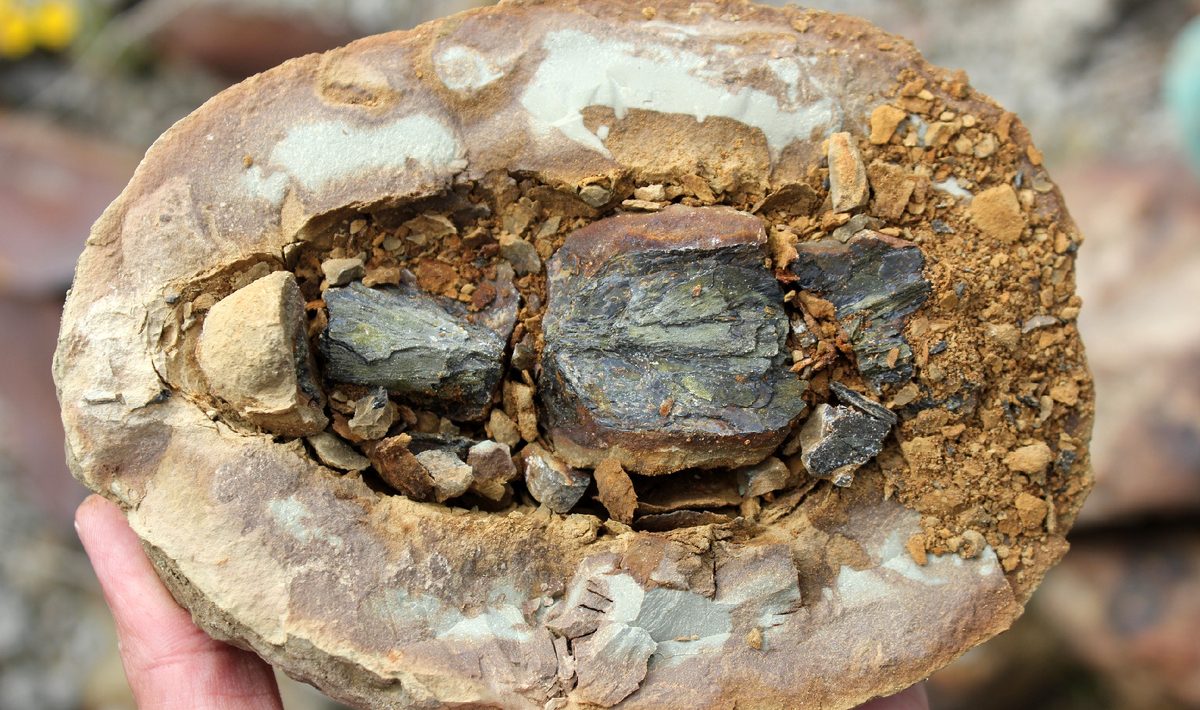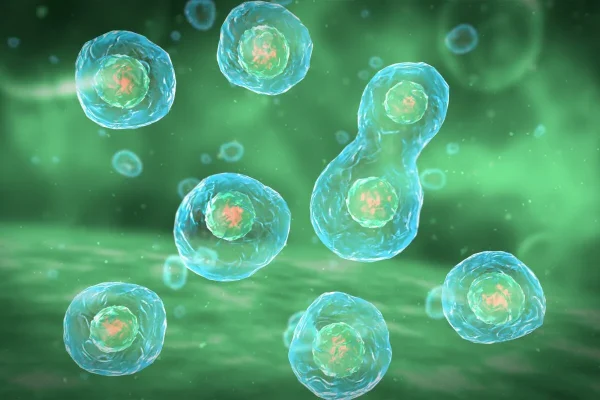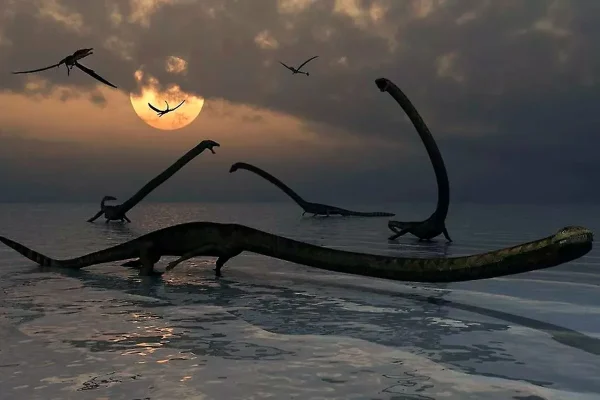The discovery has greatly surprised the scientific community.
When we think of fossils, we usually imagine petrified dinosaur bones, skeletons that after thousands of years can be reassembled in museums. But most of the time, only the hard parts reach us: bones, shells, carapaces. Soft tissues, which are much more fragile, degrade quickly and rarely survive millions of years.
That is why the discovery announced this week has surprised the scientific community so much. An international team discovered a tiny worm larva from 520 million years ago in an almost miraculous state of preservation: with its brain and intestines intact.
‘It’s always exciting to see the inside of a specimen with 3D imaging techniques,’ explained researcher Katherine Dobson, co-author of the study. ‘But in this larva, natural fossilisation has achieved extraordinary preservation.’
The fossil, measuring just a few millimetres, has allowed scientists to observe structures such as the protocerebrum, the primitive region that would later give rise to the arthropod brain. This detail connects the tiny Cambrian creature to the great diversity of species that today dominate almost every ecosystem on the planet, from insects and crustaceans to spiders.
‘If you had asked me about the fossil of my dreams, I would have said an arthropod larva,’ confessed Martin Smith, lead author of the paper. ‘I always thought it was impossible to find one, because they are so tiny and fragile. But when I looked at the structures preserved under its skin, I was amazed. How could they have survived for 500 million years?’
The exceptional state of preservation makes this larva a unique source of information for evolutionary biologists. It allows them not only to reconstruct what the first arthropods were like, but also to understand how they developed the characteristics that made them so successful throughout the history of life on Earth.
A discovery that, in the words of its discoverers, is a veritable time capsule: a tiny body that has travelled intact for more than half a billion years to tell us how the history of some of the most abundant animals on the planet began.





